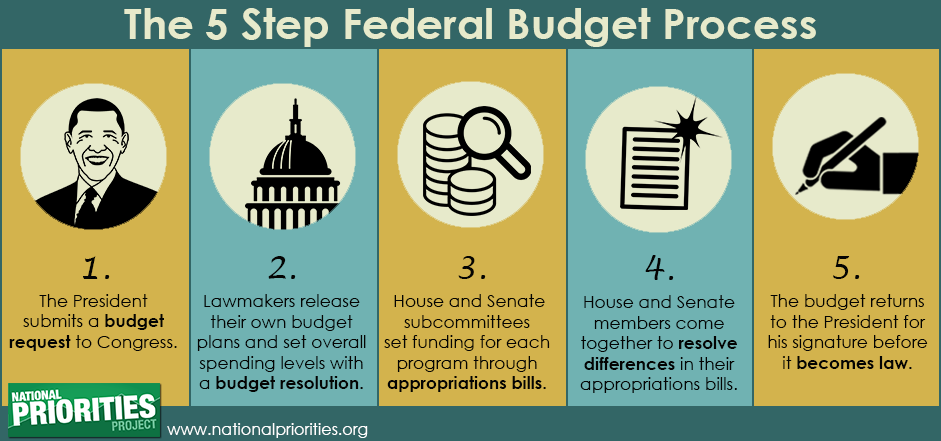What’s Going on With the Federal Budget?
By
Jasmine Tucker
Posted:
|
Budget Process

Back in February, the president kicked off the annual budget process by submitting a federal budget proposal to Congress. Last week, we saw the release of the Congressional Progressive Caucus’ People’s Budget. So where does that leave us in the federal budget process?
Well, right now, it’s Congress’ move. We are waiting for budget leaders in the House and Senate Budget Committees to move forward with introducing their own budget resolutions.
House Budget: The Fight is On
House leaders, including Speaker Paul Ryan, had planned to release their annual budget proposal late last month, keeping to the spending caps laid out by the Bipartisan Budget Act agreed upon late last year. However, they’ve had trouble rounding up the votes necessary for the proposal to be taken seriously, particularly by those in the Freedom Caucus, who weren’t satisfied with offers to cut billions from essential programs such as food stamps, Medicare, and Medicaid.
Instead, Freedom Caucus members demanded that House procedures be rewritten in ways that would have blurred the lines between mandatory and discretionary spending processes, which could ultimately result in even deeper cuts.
The latest news is that the House Budget Committee is planning to vote on a budget resolution next week, with a full House vote the following week. Meanwhile, budget leaders in the Senate have announced they are putting off all action on a budget resolution, perhaps indefinitely.
Which leaves us to question: what is Congress’ real job? If Congress passes a budget resolution that hurts Americans, has it done its job? What will the House budget look like? We’re not positive, but we have some ideas, and it won’t be pretty.